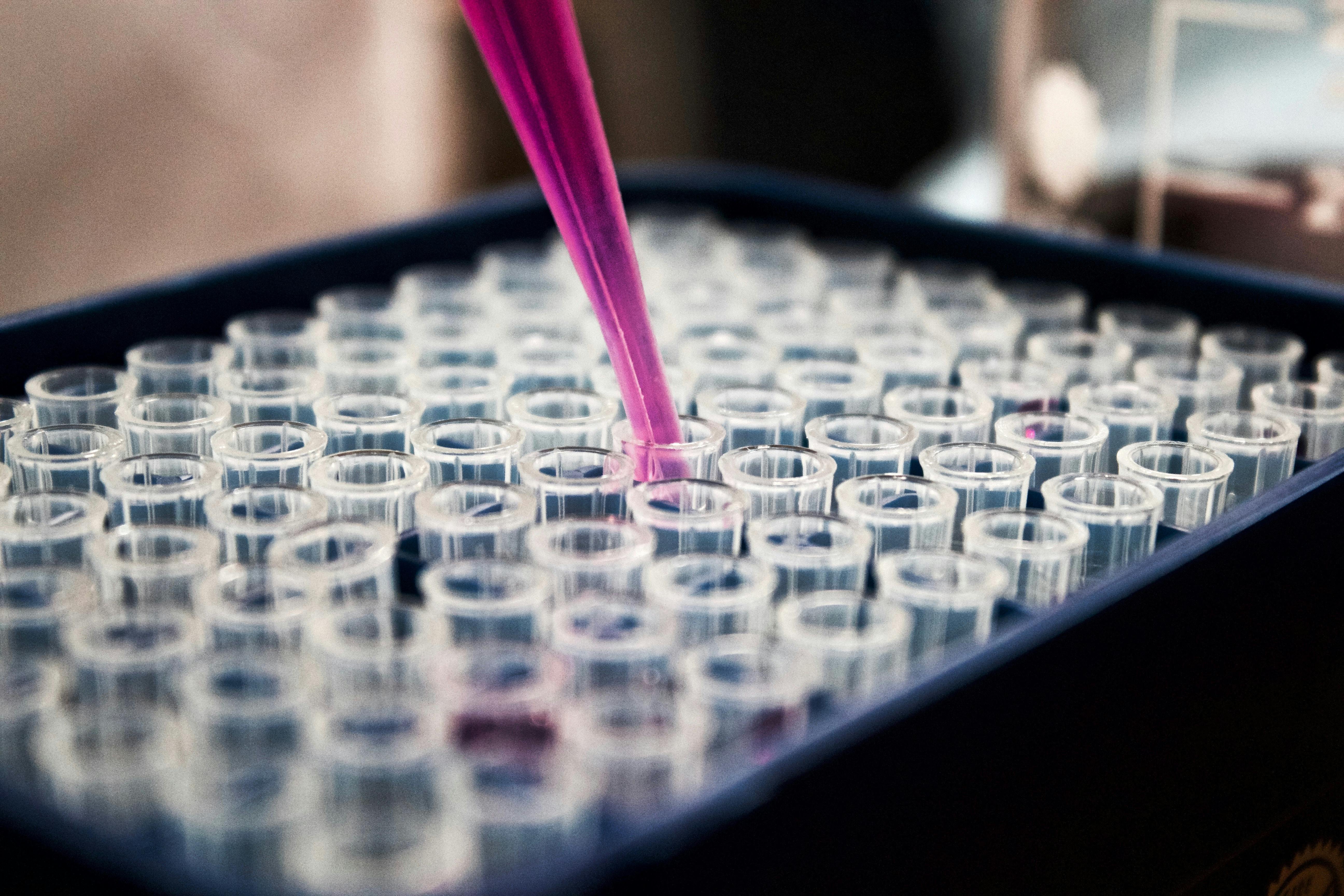What kind of genitalia live surgery will you be performing?
With the prevalent media coverage of “external genitalia grooming,” the demand for female genital aesthetic procedures has been steadily increasing. According to the American Society for Aesthetic Plastic Surgery, a 15% increase in 2019 compared to 2018. Like other body areas, female genitalia are affected by the normal process of aging. The decrease in hyaluronic acid, collagen, and fat result in volume loss, rhytids development, and an increased minora to majora ratio with a seemingly prominent labia minora. These age-related changes not only affect the physical appearance of the female external genitalia but also disrupt sexual functioning. The sexual self-esteem decreases, resulting in a significant psychosocial impairment.
In this live surgery on external genitalia, we are going to rejuvenate the area by performing the technique of Stromal Enriched Lipograft™. We are going to revert the age related signs of aging by injecting fat enriched by adipose derived stem cells.
Which technique will be used?
The Stromal Enriched Lipograft™ technique will be used in this case. Fat will be aspirated using the syringe method. The 2/3 of the aspirated fat will be used in order to isolate the SVF. Digestion will be done with 0.075% collagenase (Sigma, St. Louis, MO) in buffered saline and agitated for 30 minutes at 37°C in Celltibator (Medikan, Los Angeles, CA). Separation of the SVF containing ADSCs will then be done by using centrifugation at 1200 x g for 5 minutes. The Lipokit Centrifuge (Medikan, Los Angeles, CA) , will be used. The SVF is located in the pellet derived from the centrifuged fat at the bottom of the lipoaspirate. The remaining 1/3 of the aspirated fat will be treated in the following manner: with the syringe held vertically with the open end down, the fat and fluid will be separated. Isotonic saline is added to the syringe, the fat and saline are separated and the exudate discarded. The procedure is repeated until the fat becomes yellow in colour, free of blood and other contaminants. In Stromal Enriched Lipograft™ (SEL™), freshly isolated SVF is attached to the aspirated fat, with the fat tissue acting as a living bioscaffold before transplantation. This whole procedure is done inside the operating theatre, and the time required is about 90 minutes.
The adipose tissue graft enriched with SVF will be woven into the external genitalia area, injecting only a tiny amount with each pass as in order to obtain the most reliable clinical outcome. Tissue planes are created by using specific cannulas in different trajectories, always from the deeper aspect to more superficial areas. The fat is injected as the cannula is withdrawn in order to avoid intravascular fat injection.
What are the results of this procedure?
Labia majora augmentation by Stromal Enriched Lipograft™ is a safe, efficient technique with a high satisfaction rate. It can be done for aesthetic, reconstructive, or functional indications, alone or in conjunction with other procedures.
What are the benefits, when compared to conventional techniques?
Regenerative cell-based strategies such as those encompassing the use of stem cells hold tremendous promise for augmentation of the soft-tissue space. Published clinical series show that adipose-derived stem cells offer the possibility of finally fulfilling the key principle of replacing an aesthetic filler, without the drawbacks of old methods of lipofilling. Stromal Enriched Lipograft produce superior results without the need for repeat treatment sessions, which are necessary with autologous fat transplantation. The presence of adipose-derived stem cells in adipose tissue transplantation may contribute to neoangiogenesis in the acute phase by acting as endothelial progenitor cells or angiogenic-factor-releasing cells. The number of functional ADSCs is likely to be important for tissue repair and remodelling and ADSCs differentiate into vascular endothelial cells which contribute to neoangiogenesis in the acute phase of transplantation. ADSCs up regulate also their proneovascular activity in response to hypoxia, and may harbour the capacity to home to ischemic tissue and function cooperatively with existing vasculature to promote angiogenesis. Successful SEL graft requires attention to patient preparation, meticulous planning, and optimizing the harvesting, storage, and transplantation of adipose tissue. SEL graft is a living tissue that must be in close proximity to a nutritional and respiratory source to survive.
Which medical devices you will be using?
The medical devices which will be used are:
- Celltibator (Medikan, Los Angeles, CA)
- Lipokit Centrifuge (Medikan, Los Angeles, CA)
- Lipocube (London, UK)
Do you think that regenerative surgery can revolutionalize medicine and surgery and if so how?
Today, Regenerative Medicine and Surgery is an interdisciplinary field of researches and clinic applications mainly focused on trying to repair, replace and/or regenerate cells, tissues and/or organs in order to restore functions that were lost for a number of reasons – congenital defects, disease, damage and age among others.
Regenerative medicine is the science of replacing, engineering or regenerating human cells, tissues or organs to restore or establish normal form and function. This broadly encompasses the use of cells, tissues, drugs, synthetic biomaterials and devices to help patients heal more effectively from trauma, cancer therapy, other disease processes and birth anomalies. Regenerative medicine therapies can have goals of both healing damaged tissues and forming new tissue.
While many health care professionals and scientists across all fields of medicine have been involved in regenerative medicine research and clinical advances over the last two decades, plastic surgeons have been especially instrumental in moving new therapies into the clinical arena and having a leadership role in new scientific discoveries.
Fat grafting and adipose stem cell therapy: A significant advance in surgical regenerative medicine has been the development and refinement of techniques to transfer fat tissue in a minimally invasive manner. This allows the regeneration of fat tissue in other parts of the body, using a patient's own extra fat tissue. This technique is revolutionizing many reconstructive procedures, including breast reconstruction. Importantly, fat tissue is an important source of adult mesenchymal stem cells. Discovered by plastic surgeons, adipose derived stem cells are easy to isolate from fat tissue and hold tremendous promise for treating many disorders across the body.
Areas of ongoing research and clinical care include
Breast reconstruction: Breast reconstruction is a vital part of cancer therapy for many women. Plastic surgeons are achieving better outcomes through the use of decellularized tissue scaffolds to regenerate new tissue layers over implants in breast cancer survivors.
Scar treatment: Plastic surgeons are experts in the biology of scar formation and the molecular signals that impact healing. Regenerative therapies are being developed using energy-based devices, such as laser and intense pulsed light, to improve the healing of scars.
Burn care: Plastic surgeons have been pioneers in the use of protein scaffolds to generate the dermal layer, or innermost layer of the skin, following burn injury.
Wound care: Complex wounds that are difficult to heal represent a major focus for tissue engineering and regenerative medicine strategies. Skin substitutes, composed of living cells grown in a laboratory, are used to heal these types of wounds. Additionally, growth factors are being explored for improving wound healing. One of the most significant breakthroughs in regenerative therapy for wound healing has been the use of negative pressure devices. Discovered by a plastic surgeon, these devices use negative pressure and micro-mechanical forces to stimulate wound healing.
Nerve regeneration: Plastic surgeons, in the practice of hand and upper extremity surgery, as well as lower extremity surgery, are forging new paths in the science of regenerating nerves and restoring optimal function after nerve injury. These therapies involve the use of special growth factors to stimulate nerve healing, as well as special biomaterials to serve as guides to direct the growth of nerve fibers.
Hand and face transplantation: The ultimate in "Tissue replacement therapy," hand and face transplantation represents a life-restoring therapy for patients with severe trauma or other disease processes that result in loss of the hands or face. Most people aren't aware of this fact, but the very first successful human organ transplant was performed by a plastic surgeon. Dr. Joseph Murray performed the first kidney transplant in 1954. Plastic surgeons have been building up on his legacy in developing this new field of hand and face transplantation. This field also blends elements of cell therapy in order to control the immune response and reduce the need for toxic immunosuppressive drugs.
What are the highlights of this conference and this live surgery program?
The top notch techniques of fat grafting will be performed in this conference and the participants will have the chance to ask and learn with the masters.

